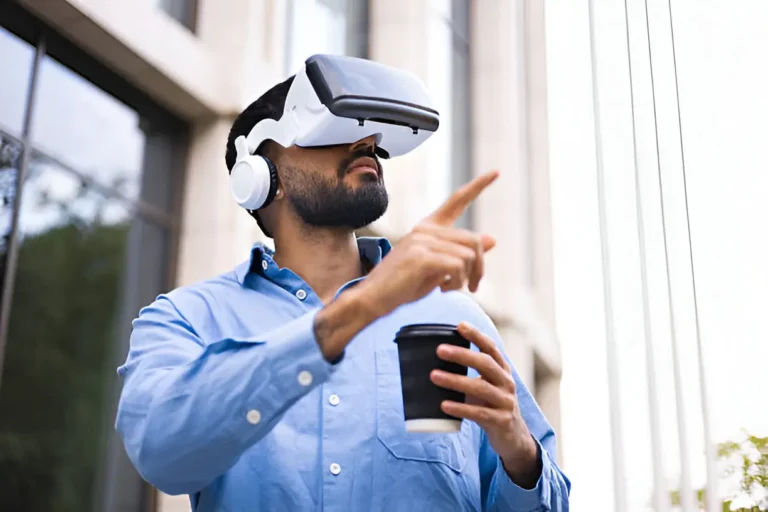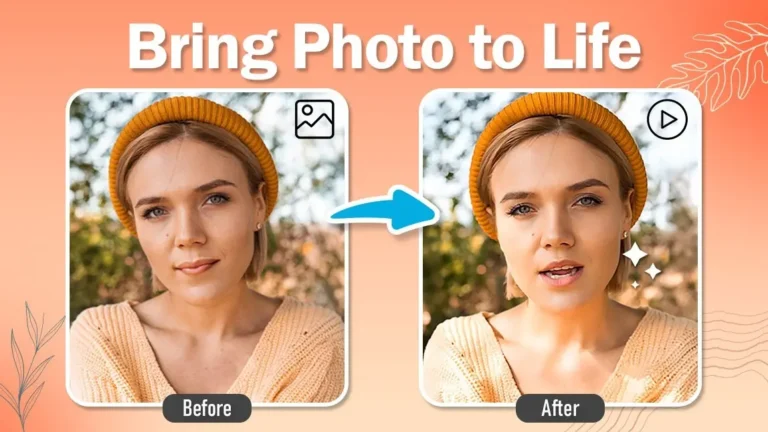How IPTV Works? How to Use IPTV?
In recent years, Internet Protocol Television (IPTV) has transformed how we consume entertainment. Instead of relying on traditional cable or satellite, IPTV uses the internet to stream television shows, movies, and live broadcasts directly to your device. If you’ve ever wondered what is IPTV, how IPTV works, or how to use IPTV, this guide covers everything you need to know — from setup steps to optimization tips.
How Does IPTV Work?
To understand how IPTV works, let’s break it down simply. IPTV stands for Internet Protocol Television, a system where digital television content is delivered over the internet rather than through satellite or cable.
When you access IPTV streaming, video data is transmitted in small packets using the Internet Protocol (IP). These packets travel through your broadband connection and are decoded by an IPTV app or player on your device. This process enables on-demand access to live TV channels, movies, and recorded shows — similar to how you might download content from Netflix for offline viewing.
Unlike traditional broadcasting, IPTV can deliver both live and on-demand programming. There are three main types of IPTV services:
- Live IPTV: Watch live TV broadcasts over the internet in real time.
- Time-Shifted IPTV: Rewind or replay shows that aired earlier.
- Video on Demand (VOD): Stream movies or shows from an online library whenever you want.
What You’ll Need Before You Start
Before diving into how to use IPTV, you need a few essential components:
1. Device
You can access IPTV on various devices, including:
- Smart TVs (Android TV, Samsung, LG, etc.)
- Streaming boxes (Fire Stick, Roku, Apple TV)
- Computers and laptops
- Smartphones and tablets
2. IPTV App/Player
To view IPTV content, you need an IPTV player — an application that reads and plays IPTV playlist files (usually in M3U format). Popular options include TiviMate, Smart IPTV, and IPTV Smarters.
3. IPTV Subscription or Playlist
You’ll also need an IPTV subscription or a playlist URL from a provider. These contain the links to live channels and on-demand content. Some free playlists exist, but paid services typically offer better quality and reliability.
4. Stable Internet Connection
Because IPTV streaming requires consistent data flow, you’ll need a stable broadband connection of at least 10 Mbps for HD and 25 Mbps for 4K streaming. A wired Ethernet connection often provides smoother performance than Wi-Fi.
Step-by-Step to Set Up IPTV on Smart TV (Android TV Example)
Setting up IPTV on an Android TV is straightforward. Here’s how to get started:
- Install an IPTV App
Open the Google Play Store on your Android TV and search for an IPTV player such as “IPTV Smarters” or “TiviMate.” Download and install your chosen app. - Launch the IPTV Player
Open the app and navigate to the section where you can add a playlist or enter your service credentials. - Add Your IPTV Playlist
You can either upload an M3U file from a USB drive or paste your IPTV service’s playlist URL. Some providers also offer Xtream Codes login credentials for easier setup. - Load and Browse Channels
Once the playlist loads, you’ll see a full list of channels and categories (Live TV, Movies, Series). Select what you want to watch and start streaming instantly. - Customize Your Interface
Many IPTV players allow you to change the layout, create favorites, or adjust the EPG (Electronic Program Guide) for better organization.
Tips for a Better IPTV Experience
Even though IPTV offers flexibility and variety, optimizing your setup ensures smoother streaming and security.
1. VPN Usage
A VPN (Virtual Private Network) encrypts your internet traffic and hides your IP address. It’s a useful tool for IPTV users because it:
- Protects your data from ISP tracking
- Prevents throttling during high traffic
- Enables access to geo-restricted IPTV content
Always choose a reliable VPN service to maintain privacy and consistent streaming speeds.
2. Use Reliable Apps
Not all IPTV players are created equal. Choose well-rated apps that support your device and offer regular updates. This prevents buffering and reduces security risks.
3. Update Your Playlist
IPTV playlists often change or expire. Keeping them updated ensures uninterrupted access to new and active channels. To manage and store your playlists efficiently, consider using CleverGet All-in-One.
CleverGet All-in-One works as a powerful media downloader and organizer. It allows users to build a personal media library by saving online videos, IPTV streams, and other content for offline viewing. You can even use it to back up shows you’ve streamed, ensuring you never lose access to your favorite programs.
FAQs
Q1: What is IPTV?
IPTV (Internet Protocol Television) is a digital streaming technology that delivers live TV and video-on-demand content through the internet instead of cable or satellite.
Q2: How to get IPTV?
To get IPTV, you need a device, a player app, and a subscription or playlist from a service provider. Simply install the app, enter your playlist URL, and start streaming.
Q3: Is IPTV legal?
Yes, IPTV itself is legal. However, using unauthorized or pirated IPTV sources may violate copyright laws. Always use legitimate providers.
Q4: How can I improve IPTV streaming?
Ensure a stable internet connection, use a VPN, update your playlist regularly, and use reliable IPTV players for the best experience.
Q5: Can I record IPTV content?
Some IPTV players and software allow recording. Alternatively, tools like CleverGet All-in-One can help you store streams and build a personal library.
Q6: Can I use IPTV on mobile devices?
Yes! IPTV works on smartphones and tablets through compatible apps available on Google Play and the App Store.
Conclusion
IPTV is changing how people watch television by offering more flexibility, customization, and access to global content. Once you understand how IPTV works and how to use IPTV, setting it up becomes simple — requiring just a compatible device, app, and playlist.
For those who want to enhance their experience, updating playlists regularly and using tools like CleverGet All-in-One is a great option. You can also download content from Netflix or other streaming platforms for offline enjoyment, ensuring you always have entertainment ready — even without an internet connection.
With the right setup and care, IPTV can provide a reliable, high-quality viewing experience that fits your lifestyle.
Also Read–The Future of Urban Planning: Technology’s Role in Visual Communication





